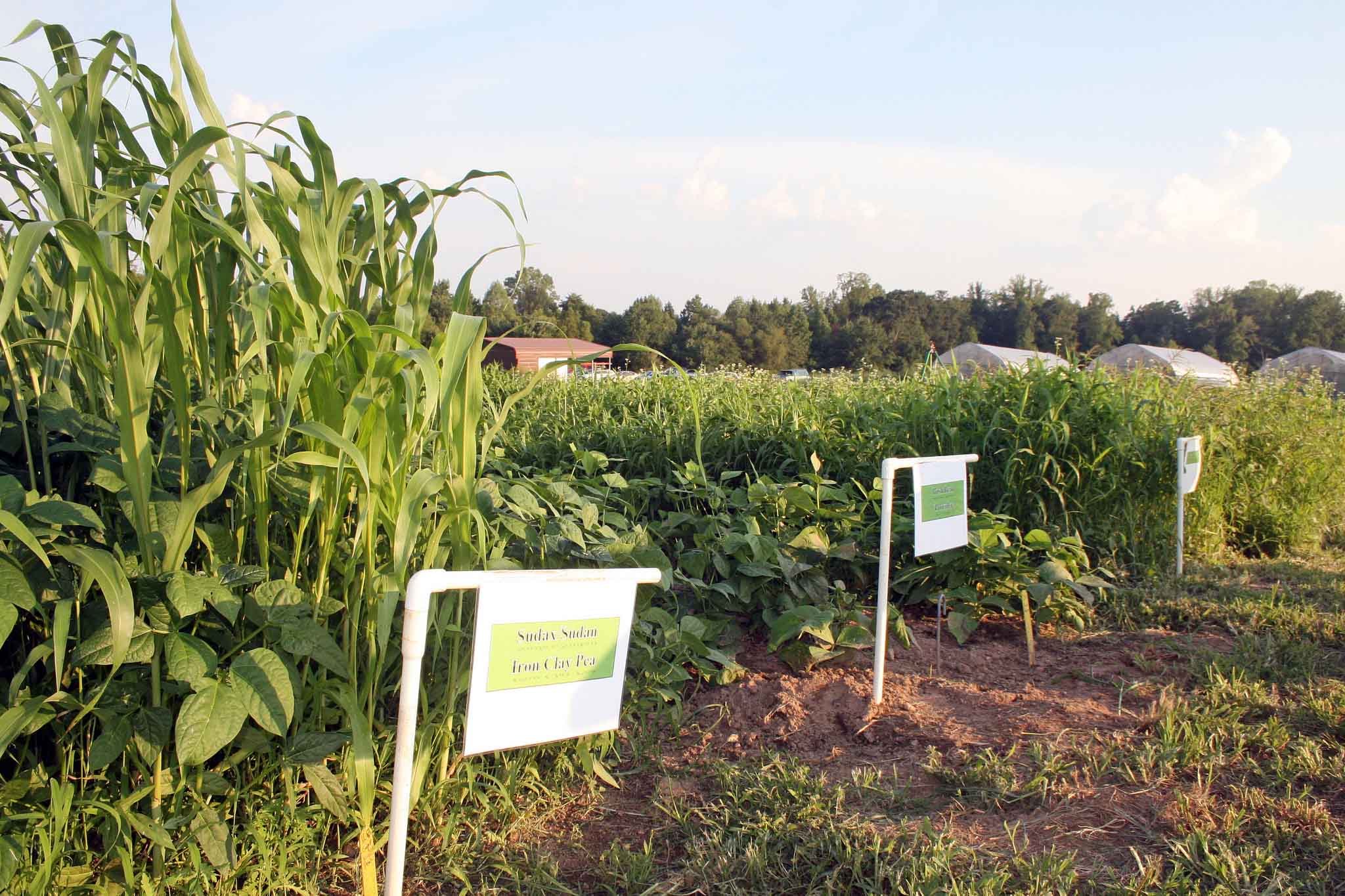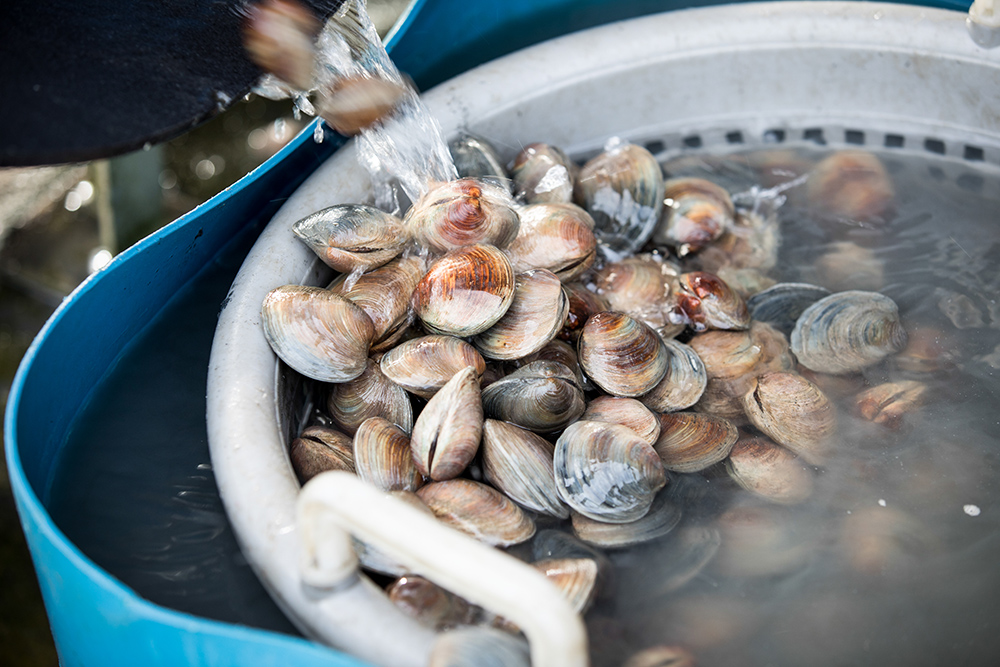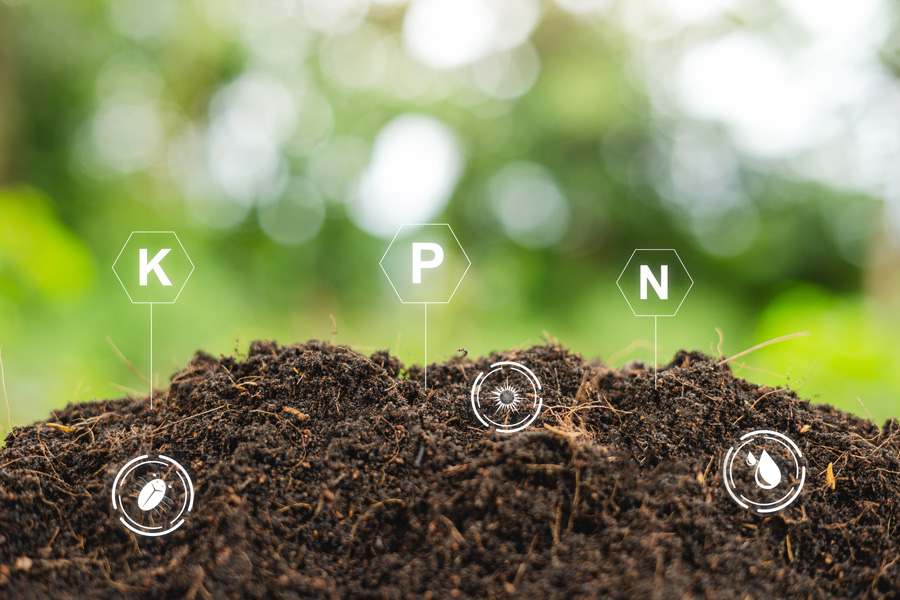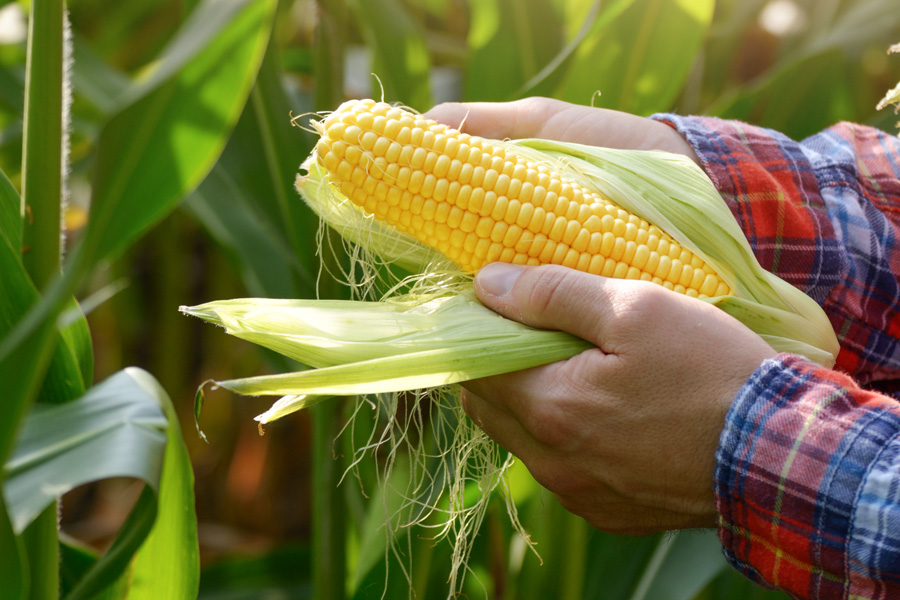Across the nation, more land is planted in cover crops than ever before — and Georgia is no exception.
Between 2012 and 2017, the amount of land planted in cover crops has increased by 30% in Georgia, according to the U.S. Department of Agriculture 2017 Census of Agriculture numbers released earlier this year.
That’s a win for Georgia’s soil and water quality, and a win for Georgia farmers, said Emily Cabrera, a former sustainable agricultural program assistant in the Department of Crop and Soil Sciences at the University of Georgia’s College of Agricultural and Environmental Sciences (CAES). Cabrera recently transferred to the CAES Integrated Pest Management program.
“Cover crops are important to production practices because they can help in many ways; one of those ways is soil-moisture management,” said Wes Porter, an assistant professor of crop and soil sciences who received a large grant to study cover crops in precision agriculture.
“Properly managed cover crops can make irrigation management easier due to their positive effects on soil infiltration rate and soil water-holding capacity. These are important especially with periods of episodic drought, as crops will have access to more soil moisture than in soils that were conventionally tilled,” Porter added.
In Georgia, common cover crop plants include cereal rye and crimson clover for winter months, and sorghums and millets in the summer. These cover crops are not harvested for human consumption, but instead tilled back into the soil to add organic material and nutrients for the crops to be planted later for harvesting.
Farmers who grow row crops such as cotton, corn, peanuts and soybeans usually plant cover crops in the fall.
“Typically, row crop farmers will kill the cover crop in the spring and plant the summer cash crop directly into the cover crop,” said Cabrera. “This keeps a living root in the soil for as long as possible and reduces the amount of time the soil is left bare, which is known to improve soil health.”
Cabrera noted that Georgia increased its cover crop usage by 31.6% from 2012 to 2017, while across the nation increases were seen at about 50% over the same period, with the largest increases seen in Midwestern states known for large row crop operations.
While the increase in Georgia is great news for the state, UGA Cooperative Extension specialists and agents are working to help more traditional row crop farmers take advantage of cover crops.
Porter’s research into cover crops has focused on water quality and conservation. His team is working to determine whether deep-rooted crops, specifically wheat and rye, reduce nutrient runoff and improve water infiltration and soil moisture in fields.
The sustainable agriculture program at CAES has numerous resources for farmers who are interested in learning more about introducing cover crops on their farm at sustainagga.caes.uga.edu.



